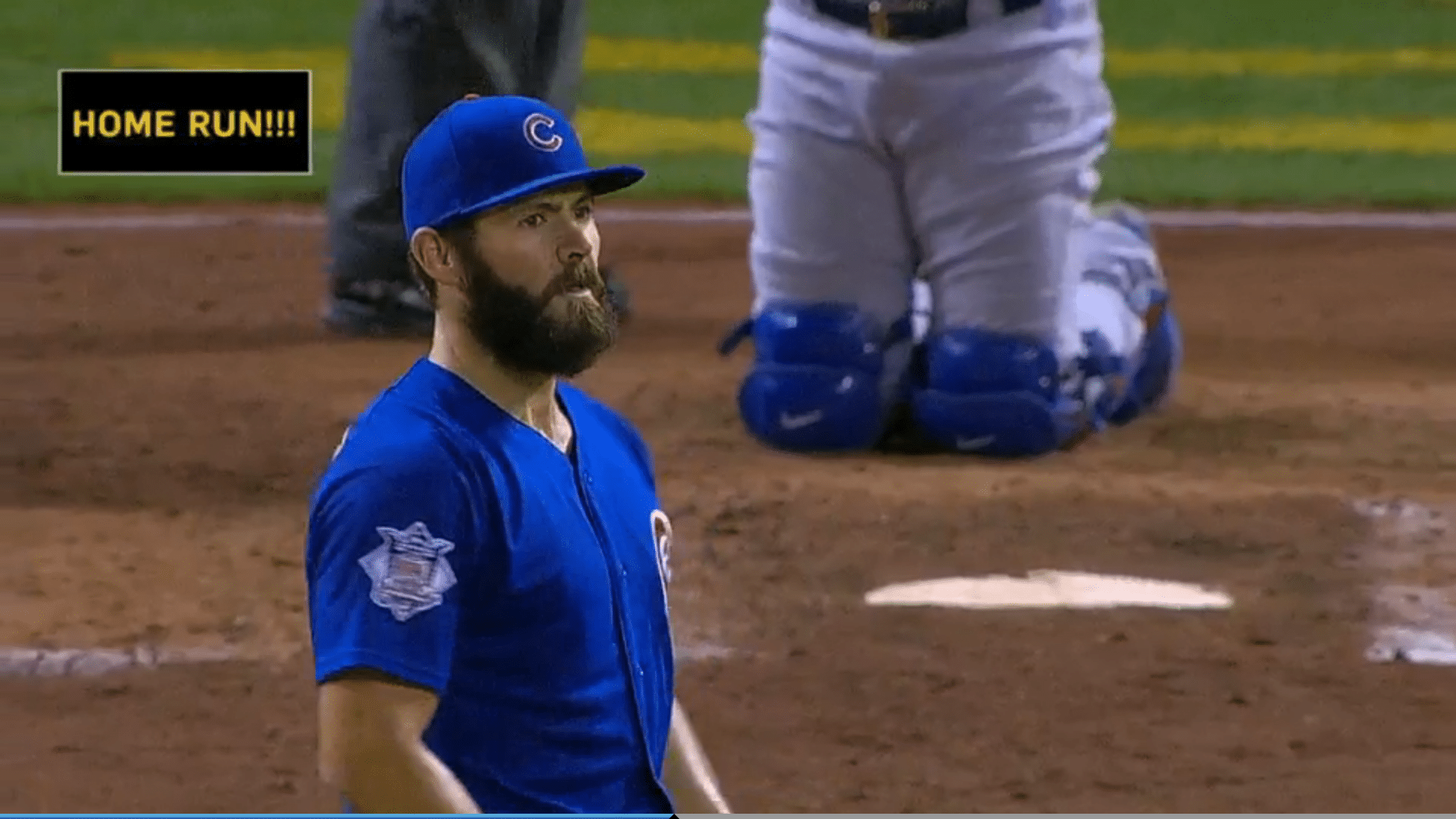
Do Cubs Starters’ Velocity Readings Actually Correlate to Success?
Is there such a thing as the “hot hand?”
That’s what Rob Arthur and Greg Matthews of the stats-centric site FiveThirtyEight wondered, leading them to research the relationship between velocity and a pitcher’s hot and cold streaks. Specifically, the authors asked whether pitching velocity increases during hot stretches and vice versa. Not surprisingly, pitchers throw faster when getting outs. And when a pitcher is getting hit hard or walking batters, fastballs are generally slower.
The study looked at all MLB pitchers who had thrown at least 800 fastballs between 2014 and 2016. FiveThirtyEight found that there are absolutely some direct correlations between velocity and performance.
The typical pitcher goes through 57 streaks in a season, jumping between hot and cold every 24 pitches. And not only did we find streaks, but we also found that the difference between being in the freezer and on fire is huge: The average pitcher moves up or down by an average of about two miles per hour when shifting between states.
In this post, we’ll look exclusively at the Cubs pitchers mentioned in the FiveThirtyEight analysis.
Jake Arrieta
The former Cy Young winner experiences the largest decrease in velocity when on a cold streak. When Arrieta isn’t feeling it, he’s throwing roughly 1 mph slower. His hot streaks, on the other hand, are associated with 0.5 mph greater velocity.
Jon Lester
The man without a nickname is tied with Arrieta for the biggest velocity drop when going through a cold streak, losing roughly 1 mph when getting knocked around. Unlike his bearded colleague, however, Lester’s hot streaks aren’t closely associated with a noticeable increase in velocity.
This makes sense. For me, the first image that comes to mind when Lester is pitching well — and I mean really on his game — is that low-and-outside cutter to right-handed batters.
Jose Quintana
Quintana’s hot/cold velocity profile is the complete opposite of Lester’s. Q throws about 0.1 mph slower during cold streaks, which is essentially negligible. But during hot streaks, the new Cubs lefty is throwing nearly 1 mph faster.
Kyle Hendricks
Alas, we discuss Kyle Hendricks. Perhaps no pitcher in MLB history has given me more anxiety than this year’s version of Hendricks. Last year’s Game 7 World Series starting pitcher was throwing 2.3 mph harder than this year’s number four pitcher.
But, at least according to the previous three seasons’ data, Hendricks doesn’t suffer much when throwing slower. The cerebral righty typically threw about 0.2 mph slower when getting hit hard, but only threw about 0.4 mph faster when on a hot streak. T
Conclusion
Velocity matters. While pitchers who have a unique repertoire can survive without gas, it’s undeniable that higher velocity prevents more runs. In fact, the good folks at The Hardball Times found that a 4 mph increase in velocity is associated with saving roughly one projected run per nine innings.
Arrieta’s velocity dictates success more than the other three notable starters, as there’s over a 1.5 mph difference between his cold and hot streaks. Both Lester and Quintana have similar velocity differences, but the latter benefits more from an uptick in velocity, while the former struggles more when throwing slower. Hendricks isn’t really affected when throwing faster or slower (though maybe he is this year he is).
There are limitations to these interpretations, of course. Cubs pitchers from 2014-2016 are much different than their current. Every Cubs starting pitcher is throwing slower, with Arrieta and Hendricks leading the way. It should be noted that none of this is to suggest that these trends will continue, but it’s certainly something to bear in mind as you see what kinds of results they’re getting.

